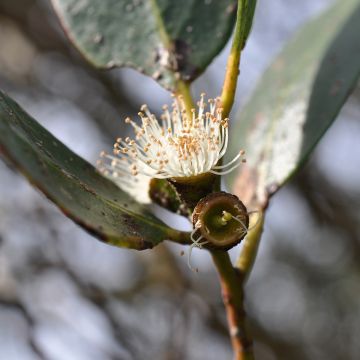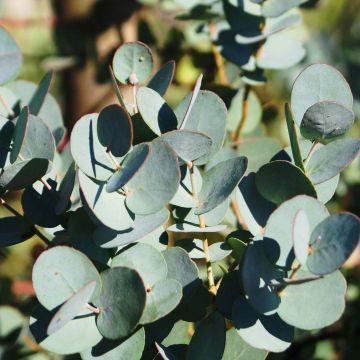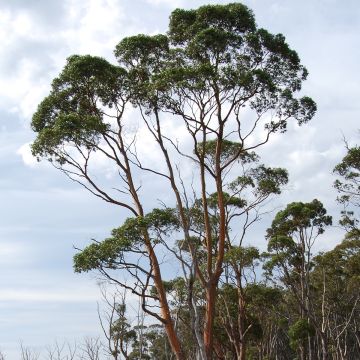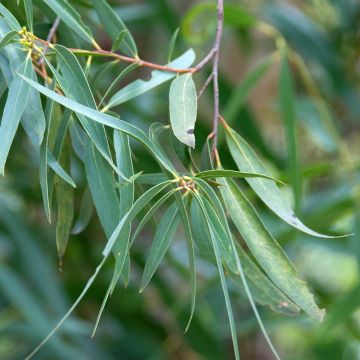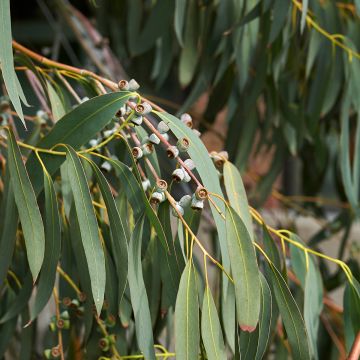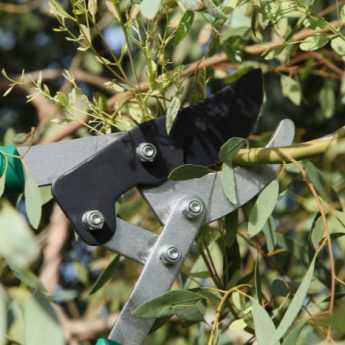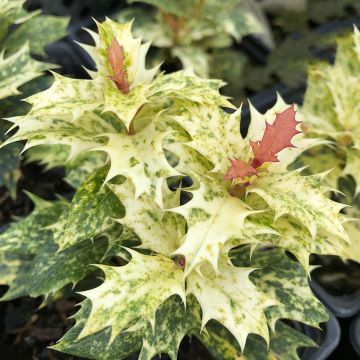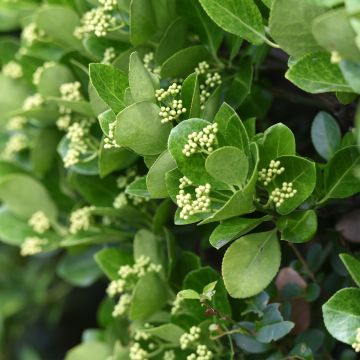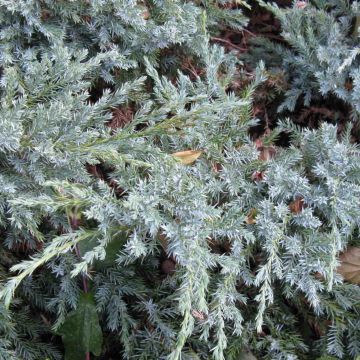

Eucalyptus bridgesiana
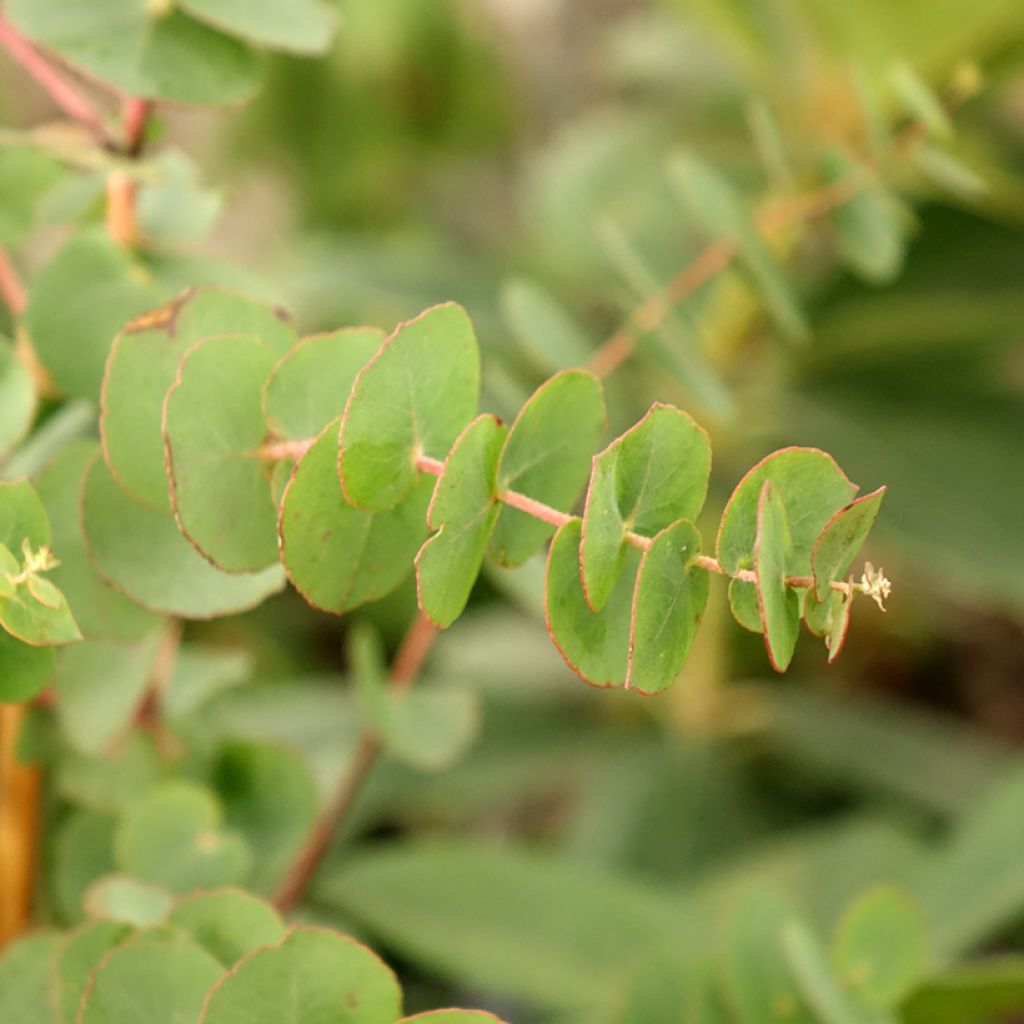

Eucalyptus bridgesiana
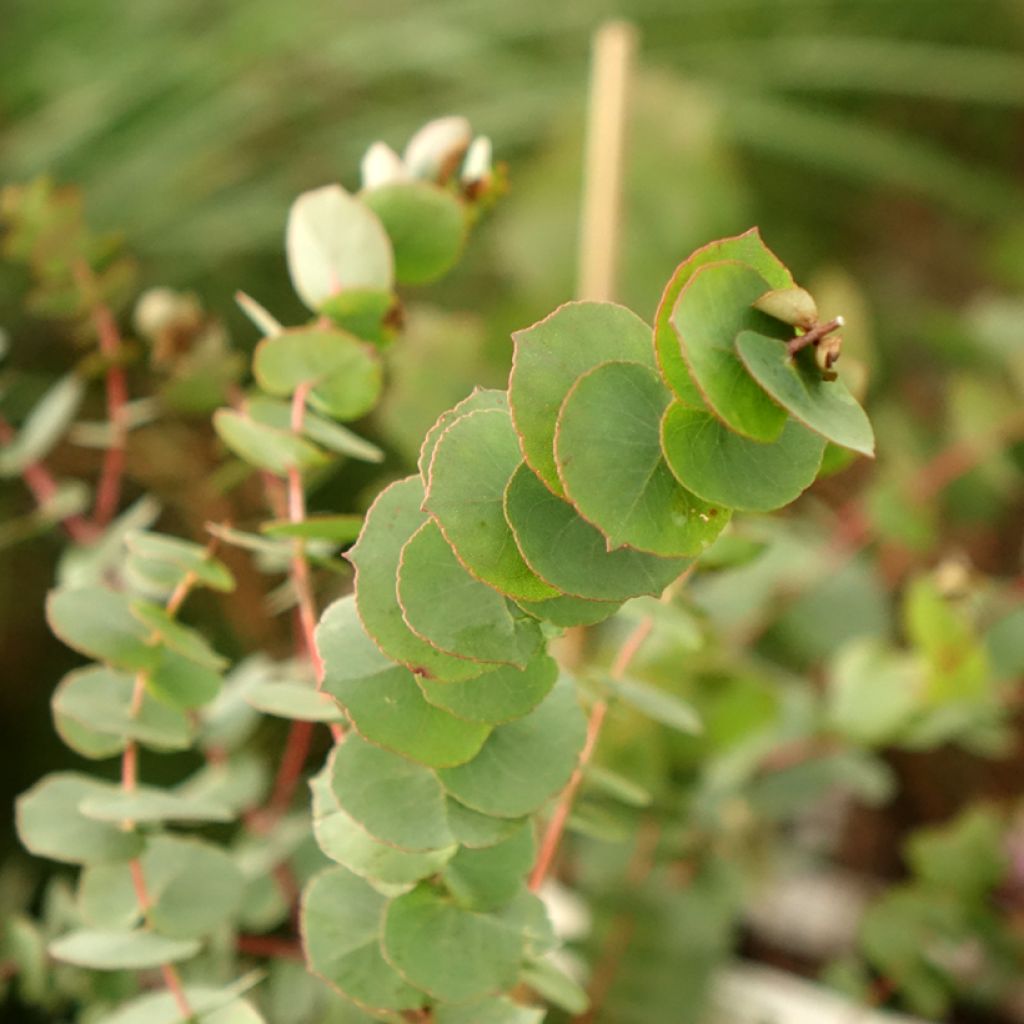

Eucalyptus bridgesiana


Eucalyptus bridgesiana
Eucalyptus bridgesiana
Eucalyptus bridgesiana
Apple Box
This item cannot be shipped to the selected country
Oversize package delivery charge from €6.90
More information
Oversize package delivery charge from €6.90
More information
Schedule delivery date,
and select date in basket
This plant carries a 24 months recovery warranty
More information
We guarantee the quality of our plants for a full growing cycle, and will replace at our expense any plant that fails to recover under normal climatic and planting conditions.
Oversize package: home delivery by special carrier from €6.90 per order..
Express home delivery from €8.90.
Does this plant fit my garden?
Set up your Plantfit profile →
Description
Eucalyptus bridgesiana or Bridges' Gum, native to Australia, produces highly ornamental juvenile foliage with rounded, cordate leaves of a brilliant blue. It forms a large tree with a beneficial shade. During its flowering in white pompoms, it produces a significant amount of nectar and pollen for bees for 2 to 3 months, and yields good quality honey. It grows in ordinary garden soil, in full sun, but also in clayey, humid and cold soil, regardless of the soil's pH. It is frost resistant down to -10° (14 °F) C.
Eucalyptus bridgesiana is an Australian species found in the central-eastern regions of Victoria, on the plateaus of New South Wales and southeast Queensland, near grassy underwoods or streams. Like all Eucalyptus, it belongs to the Myrtaceae family. Its growth is quite fast, and it eventually forms a large tree measuring about 15 m (49 ft 2 in) in height and 8 m (26 ft 2 in) in width, depending on the growing conditions. Its grey bark is very rough and cracked, fibrous, and marbled with shades of grey and white on the trunk and large branches. The crown of adult foliage is a shiny green, made up of pendulous and lanceolate leaves. It is open and wide.
The youngest branches have smooth, cream bark. The juvenile leaves are rounded, cordate, small, and brilliant blue. They are alternate and tightly packed, encasing the stem. This foliage gives off a typical Eucalyptus scent when crushed. The plant also produces many shoots from dormant buds located under its bark, allowing it to respond very well to coppicing and pollarding. The ornamental quality of the young foliage makes this pruning option interesting: this eucalyptus can be regularly pruned to keep it in the form of a 2-metre (6 feet 7 inches) high bush and enjoy only its juvenile foliage. Flowering spreads from November to May, depending on the climate and the age. In general, it appears in March-April. The flowers are located in the leaf axil in groups of 7 white glomerules. The quality of the nectar and pollen for bees, for 2 to 3 months, also makes it a valuable tree for good honey production and it can be pruned into a bush for this use.
Eucalyptus bridgesiana has a lignotuber just below the soil surface. This organ allows it to regrow from the stump in the event of severe frost, fire or radical pruning. Easy to maintain and not very picky about the soil, it tolerates clay and a bit of limestone, as well as acidic or ordinary soil. It is effective as a windbreak and provides appreciable shade. Its young foliage is of high value for floral art and bouquet making.
Eucalyptus bridgesiana in pictures




Plant habit
Flowering
Foliage
Botanical data
Eucalyptus
bridgesiana
Myrtaceae
Apple Box
Australia
Other Eucalyptus
View all →Planting and care
Eucalyptus bridgesiana is best planted at the beginning of autumn or at the beginning of spring in cold regions, in well-prepared soil, not too dry to moist, in a very sunny situation. Clay or silty soils, even limestone, are well tolerated. This species does not like hot summers and dry lands much. Water well at planting, then regularly the first year, especially in dry weather and if the summer is dry and hot. Then let nature take its course, the growth is very rapid. No need for pruning, but the plant tolerates pruning very well after 3 or 4 years of cultivation. In March, you can cut back near the ground to form a beautiful, thick bush 2-3 m (6 ft 7 in-9 ft 10 in) high.
You can adopt the same cultivation method as a grove of dogwoods (Cornus alba) or hazelnuts (Corylus avellana) with annual or biennial pruning, keeping it at a height of 2 m (6 ft 7 in) in bush form.
Planting period
Intended location
Care
Planting & care advice
This item has not been reviewed yet - be the first to leave a review about it.
Evergreen shrubs
Haven't found what you were looking for?
Hardiness is the lowest winter temperature a plant can endure without suffering serious damage or even dying. However, hardiness is affected by location (a sheltered area, such as a patio), protection (winter cover) and soil type (hardiness is improved by well-drained soil).

Photo Sharing Terms & Conditions
In order to encourage gardeners to interact and share their experiences, Promesse de fleurs offers various media enabling content to be uploaded onto its Site - in particular via the ‘Photo sharing’ module.
The User agrees to refrain from:
- Posting any content that is illegal, prejudicial, insulting, racist, inciteful to hatred, revisionist, contrary to public decency, that infringes on privacy or on the privacy rights of third parties, in particular the publicity rights of persons and goods, intellectual property rights, or the right to privacy.
- Submitting content on behalf of a third party;
- Impersonate the identity of a third party and/or publish any personal information about a third party;
In general, the User undertakes to refrain from any unethical behaviour.
All Content (in particular text, comments, files, images, photos, videos, creative works, etc.), which may be subject to property or intellectual property rights, image or other private rights, shall remain the property of the User, subject to the limited rights granted by the terms of the licence granted by Promesse de fleurs as stated below. Users are at liberty to publish or not to publish such Content on the Site, notably via the ‘Photo Sharing’ facility, and accept that this Content shall be made public and freely accessible, notably on the Internet.
Users further acknowledge, undertake to have ,and guarantee that they hold all necessary rights and permissions to publish such material on the Site, in particular with regard to the legislation in force pertaining to any privacy, property, intellectual property, image, or contractual rights, or rights of any other nature. By publishing such Content on the Site, Users acknowledge accepting full liability as publishers of the Content within the meaning of the law, and grant Promesse de fleurs, free of charge, an inclusive, worldwide licence for the said Content for the entire duration of its publication, including all reproduction, representation, up/downloading, displaying, performing, transmission, and storage rights.
Users also grant permission for their name to be linked to the Content and accept that this link may not always be made available.
By engaging in posting material, Users consent to their Content becoming automatically accessible on the Internet, in particular on other sites and/or blogs and/or web pages of the Promesse de fleurs site, including in particular social pages and the Promesse de fleurs catalogue.
Users may secure the removal of entrusted content free of charge by issuing a simple request via our contact form.

































